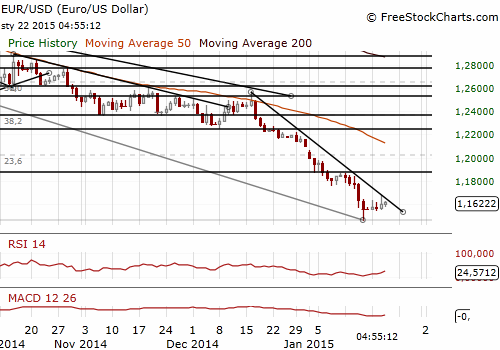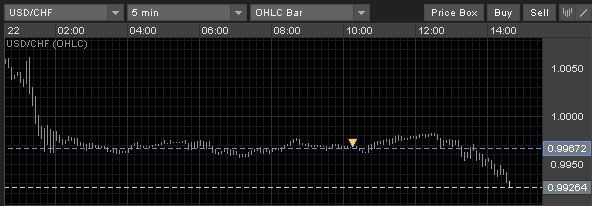In Forex (Position) Size Matters
Post on: 29 Апрель, 2015 No Comment

When investing in any financial asset – forex, precious metals, commodities and the like – smart money management skills are critical to achieving your goals.
And yet, many people often neglect to remove emotion and inject sound money management principles into their self-directed trading strategies. This is folly.
Time and again, history has shown us that when people lose money while trading forex, it’s largely because they failed to fully understand and manage risk effectively. Of course, all actions are inherently risky.
Thus, prudence is not found in avoiding risk (an impossibility), but in acknowledging and calculating it and then acting decisively – apologies to Italian historian and philosopher Niccolò Machiavelli. The bottom line is that your risk management skills will make or break you as a trader.
Capital preservation, position sizing, and determining your risk amount are all essential tools of the trade.
What Can You Afford to Risk?
Before diving headlong into trading, you will need to determine what your ‘risk amount’ is. Think of your risk amount as the amount of money you are prepared to lose every time you open a position.
Making this decision is an imperative in committing to risk management. After all, no matter what you identify when determining what you wish to achieve by trading forex, all aims must be secondary to priority No. 1 — preserving your capital.
Your risk amount forms the basis of your position sizing, or the process of calculating the size of your trade. The risk amount is normally represented as either a percentage of your trading capital or you may use a fixed dollar amount.
Regardless of how far your initial stop is from your entry, your position sizing will ensure that you never lose more than your risk amount in any position.
‘Position size’ is how large you decide a single position or trade will be, and the process of determining what this amount will be is known as position sizing.
There are a number of different ways to determine position size, most of which take into account your risk amount.
Calculating Your Trades
The way I determine the number of units to trade is to divide my risk amount by the number of pips I would be prepared to let the currency price move against me before exiting at a loss.
Let’s look at a simple example below:
My risk amount is US$1,000.
In the daily chart of the euro/U.S. dollar (EUR/USD), I am thinking of taking a long trade as the price is threatening to maintain its break above the key $1.39 level.
I will enter a long trade if the price reaches $1.3920 and I will place my initial stop-loss just below the previous low of $1.3833 at $1.3825.
The formula for calculating the trade size is as follows:
Risk amount/distance to stop (in pips) * conversion factor
With an entry at $1.3920 and the initial stop-loss set at $1.3825, the distance to stop in this situation is 95 pips.
The conversion factor converts the quote currency (in this case the U.S. dollar) into my account currency (AUD, or Australian dollars).
Using the formula:

= Risk amount/distance to stop (in pips) * conversion factor
= $1,000/95 pips * 11.0324 (see below for explanation)
= $1,000/1048.078
Thus, the number of units I will trade is 95,412.
I know that for every 100,000 units of EUR/USD I trade, one pip movement in price is equal to $10. Using OANDA’s PIP/Profit Calculator, I determined that this converted to A$11.0324 in my account.
To obtain the final amount of 95,412, I simply multiplied the answer above by 100,000.
If I enter the trade as detailed above, and the price moves against me back down to $1.3825, I will lose approximately $1,000. This is confirmed by OANDA’s PIP/Profit Calculator below:
Using this mathematical model, if I selected a closer stop-loss level, although I would be taking greater risk, the model would allow me to trade more units. Similarly, if my stop was wider, I would be trading fewer units.
Economist John Maynard Keynes once said the market can stay irrational for far longer than you can remain solvent. Bear this in mind, use a solid position sizing model to help you manage risk, and protect your capital.
Get a free OANDA demo account and experiment with the PIP/Profit Calculator on the award-winning fxTrade platform.
Stuart has more than 16 years of trading experience under his belt and specialises in technical market analysis of major currency pairs. Apart from being the author of several bestselling trading books, with his most recently released book Trading in a Nutshell, Stuart contributes to daily newletters and blogs. He also produces articles and videos on the how tos of technical tradings. For more information of Stuart, you can follow him on twitter @stuartmcphee or check him out on Google+.














